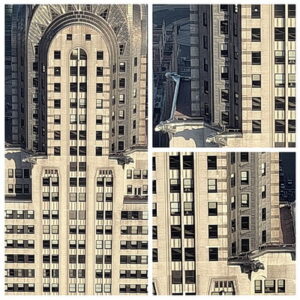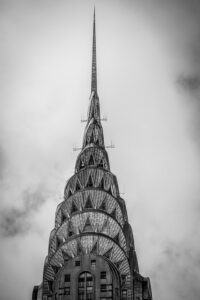Introduction
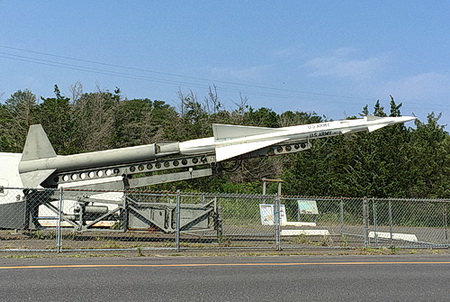
A fairly unknown army base lies in a little peninsula on the north shore of New Jersey. It is not in use now but once was a thriving anti-missile installation where soldiers would be on alert for enemy missiles and planes heading towards New York City.
The Cold Days
It was the Cold War and enemy nations, namely the Soviet Union were working tirelessly towards advancements in jet planes and ballistic missile production. Given this, the United States established anti-aircraft systems across the country. They were strategically deployed around the major cities to combat this potential threat.
Due to the accelerated research and development that was occurring, missile technology took a giant leap forward. Additionally, the fear of Russian Bear Bombers entering American airspace was becoming more imminent than the threat of German or Japanese aircraft entering the United States after Pearl Harbor.
The Nike Missile System
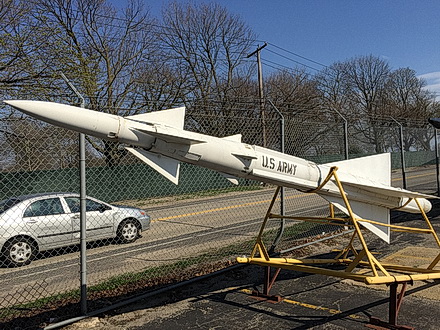
Beginning in 1954, Nike Missiles replaced the gun batteries located across the United States. These were supersonic (Marc 2.25) command guidance systems and solid rocket booster missiles. They were designed to intercept long-range Soviet bombers and destroy them while still over the ocean.
Soldiers stationed at these sites were on 24-hour turnaround shifts and lived in ready-made barracks. Examples of Nike Missile battery sites were Fort Tilden and Fort Hancock, New York, which had a Missile Launch Area (the radar area), AKA, the Integrated Fire Control Area (IFC).
The sites had two missile batteries, known as double battery sites, and subsequently, each battery had two underground storage rooms for a total of four magazines at each site.
A missile magazine is the hardened storage barrier where the missile lies when inactive. Rooms accompanied the magazines; each had an elevator unit that raised and lowered the missiles.
Enter Ajax and Hercules
The Ajax was the first Nike Missile deployed. It was designed to destroy aircraft from 30 miles away. By 1958, a new, more advanced rocket replaced the Ajax, called the Hercules, which had a range of over 96 miles and was designed to carry a nuclear warhead.
Unbeknownst to the general public, there were close to 250 Nike missile bases across the United States and more located in Europe. The New York City area contained one of the largest networks of anti-aircraft Nike batteries, with over 20 sites circling the city in New York State and New Jersey.
From Missile Defense to Missile Offense
Cold War
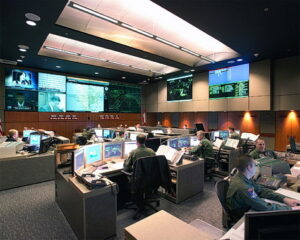
Building anti-missile bases was just one aspect of the country’s overall defense. In 1958 the North American Air Defense Command – NORAD, (now called the North American Aerospace Defense Command) was commissioned.
Its origins trace back to World War II when the US and Canada began cooperating in air defense against the Soviet bomber threat.
In 1956, the two countries proposed to form an air defense system, and two years later, the joint Canada-US Military Study Group recommended more radar networks.
General Earle E. Partridge, the commander in chief of the newly formed joint US Command, Continental AirDefense Command (CONAD), directed another study of North American defense, which eventually led to the establishment of a combined air defense organization (NORAD) under a single commander,
The Ending of the Cold War
Defense
The takedown of the Berlin Wall marked the beginning of the end of the Cold War and resulted in the United States becoming the only superpower left.
Nike missiles were part of the U.S. Army Air Defense Command (ARADCOM), and in agreement with the SALT treaty, all missiles were decommissioned and removed in 1974; however, a few remain. The Sandy Hook, New Jersey, (NY-56) site is one of those Nike missile batteries that are currently open to the public.
NORAD’s mission remains however, and it now provides aerospace warnings for North America, which includes the monitoring of man-made objects in space, and the detection, validation, and warning of attack against North America whether by aircraft, missiles, or space vehicles.
Offense
The removal of the Nike missiles was not the end of missile deployment. It was only the beginning. After they were removed, a new, much more powerful rocket – the Intercontinental Ballistic Missile or ICBM, was deployed on both sides of the Atlantic, and still exists today.
These missiles are not anti-aircraft designed for defense, but take on an offensive posture following the Cold War strategy – A good defense is a good offense, or as some call it, “Peace Through Strength”.
2023 Update
Given the recent events following the surveillance balloon from China and its intrusion into US airspace, NORAD has modified its sensory equipment to detect smaller objects such as balloons.
What the Future Holds
No one can say for sure where this world is heading, but given the war in Ukraine, China’s threat to take over Taiwan, and Iran’s passion to build a nuclear weapon, it is essential that NORAD remains in existence and possibly a reevaluation of this nations air defense might be prudent.


